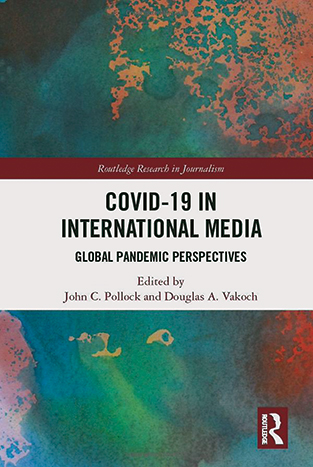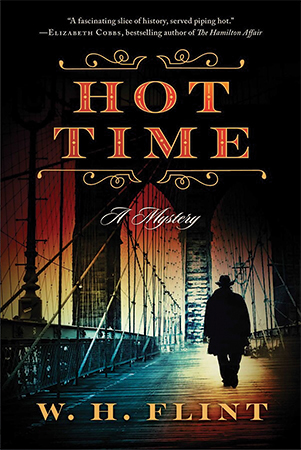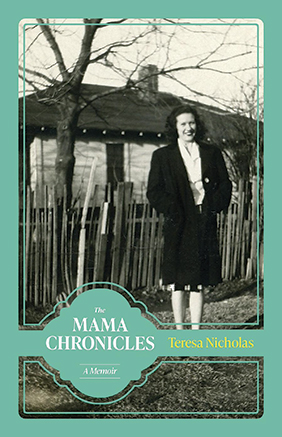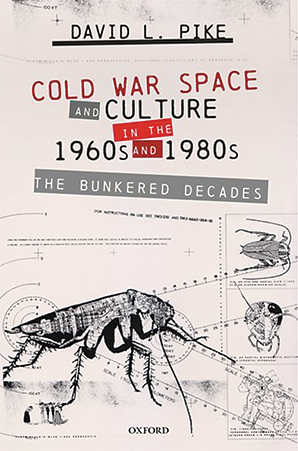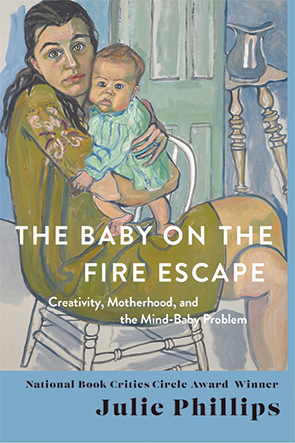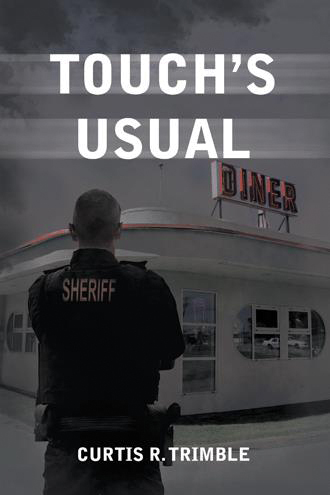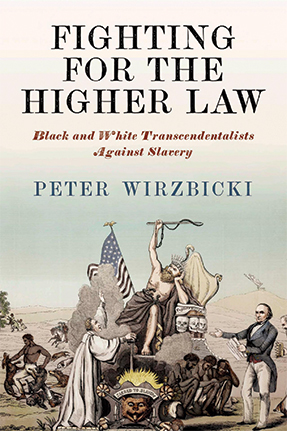Julie Phillips ’86
The Baby on the Fire Escape: Creativity, Motherhood, and the Mind-Baby Problem
W. W. Norton & Company, Inc.
What does a great artist who is also a mother look like? With The Baby on the Fire Escape, Phillips evokes the intimate and varied struggles of brilliant artists and writers of the 20th century who traversed the shifting terrain where motherhood and creativity converge, including Ursula K. Le Guin, Audre Lorde, Susan Sontag, Angela Carter, Doris Lessing, and Alice Neel — whose in-laws falsely claimed that she once, to finish a painting, left her baby on the fire escape of her New York apartment. This volume is a thoughtful, well-researched meditation on our enduring cultural conversation about maternal identity and artistic greatness.
Curtis R. Trimble ’96
Touch’s Usual
Archway Publishing
David Barnett’s 1977 shooting death outside Cooper, Ky., has haunted the small town’s former star athlete, Sheriff Tanner “Touch” Thomas, for decades. When Touch accidentally knocks the case file off his desk, handwritten notes spill out that propel him to revisit the cold case. As Touch begins to unravel the tangled web of details around Barnett’s shooting, his discoveries place him in extreme danger.
Maiah Jaskoski ’99
The Politics of Extraction: Territorial Rights, Participatory Institutions, and Conflict in Latin America
Oxford University Press
The Politics of Extraction demonstrates how communities employ participatory institutions creatively to hold up, alter, or benefit from extractive projects, though the institutions formally do not grant them such powers. Drawing on her field research, Jaskoski analyzes 30 major hydrocarbon and mining conflicts in Bolivia, Colombia, and Peru during the 2000–2010, a period of dramatic expansion in resource extraction and associated social conflict.
Kaysha Corinealdi ’02
Panama in Black: Afro-Caribbean World Making in the Twentieth Century
Duke University Press
Panama in Black tells the story of Afro-Caribbean Panamanian claims of belonging that challenged dominant notions of citizenship as well as U.S. empire. Kaysha Corinealdi offers a conceptually rich and finely researched study that demonstrates how activists, intellectuals, politicians, and workers confronted the Panamanian state as well as the U.S. racial regime in the Canal Zone and Jim Crow-era Brooklyn as they pursued a project of African diasporic world-making.
Jeremy Schifeling ’03 and Omar Garriott
Linked: Conquer LinkedIn. Get Your Dream Job. Own Your Future.
Workman Publishing
Linked is the LinkedIn insider’s guide to how the new job search really works — and how to make it work for you. Written by two former employees, this definitive guide demystifies the website, giving readers strategies to win the modern job-search game.
Peter Wirzbicki ’04
Fighting for the Higher Law: Black and White Transcendentalists Against Slavery
University of Pennsylvania Press
This historical dissection centers on how the radical struggle against American slavery was fueled by a political philosophy created by the intersection of antislavery activists, such as William C. Nell, Thomas Sidney, and Charlotte Forten, with Transcendentalist intellectuals, including Ralph Waldo Emerson and Henry David Thoreau. This new political philosophy — marked by moral enthusiasms, democratic idealism, and a vision of the self that could judge political questions from “higher” standards of morality and reason — would later influence labor, feminist, civil rights, and environmental activism.
